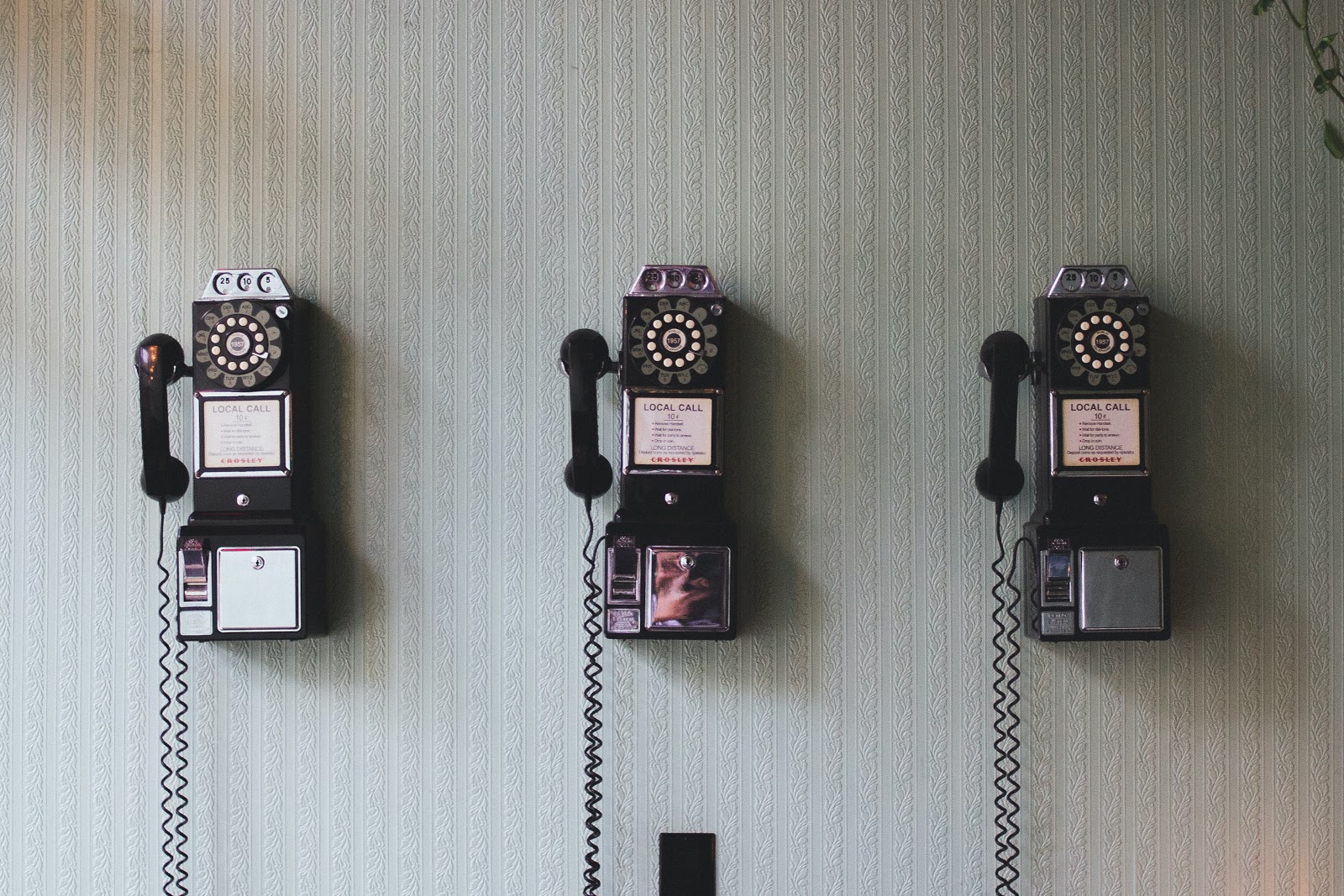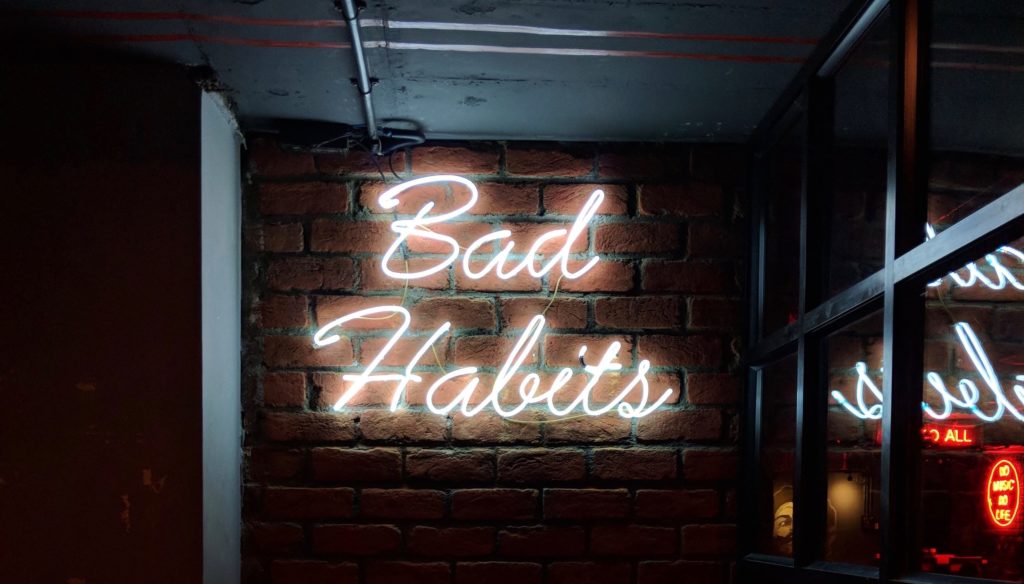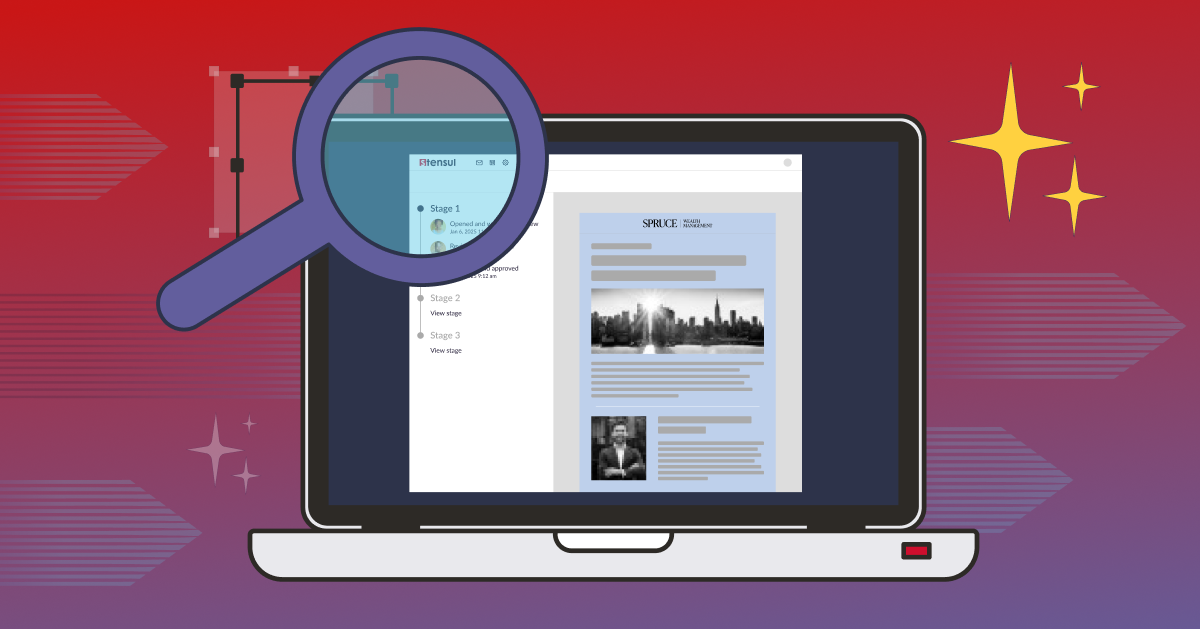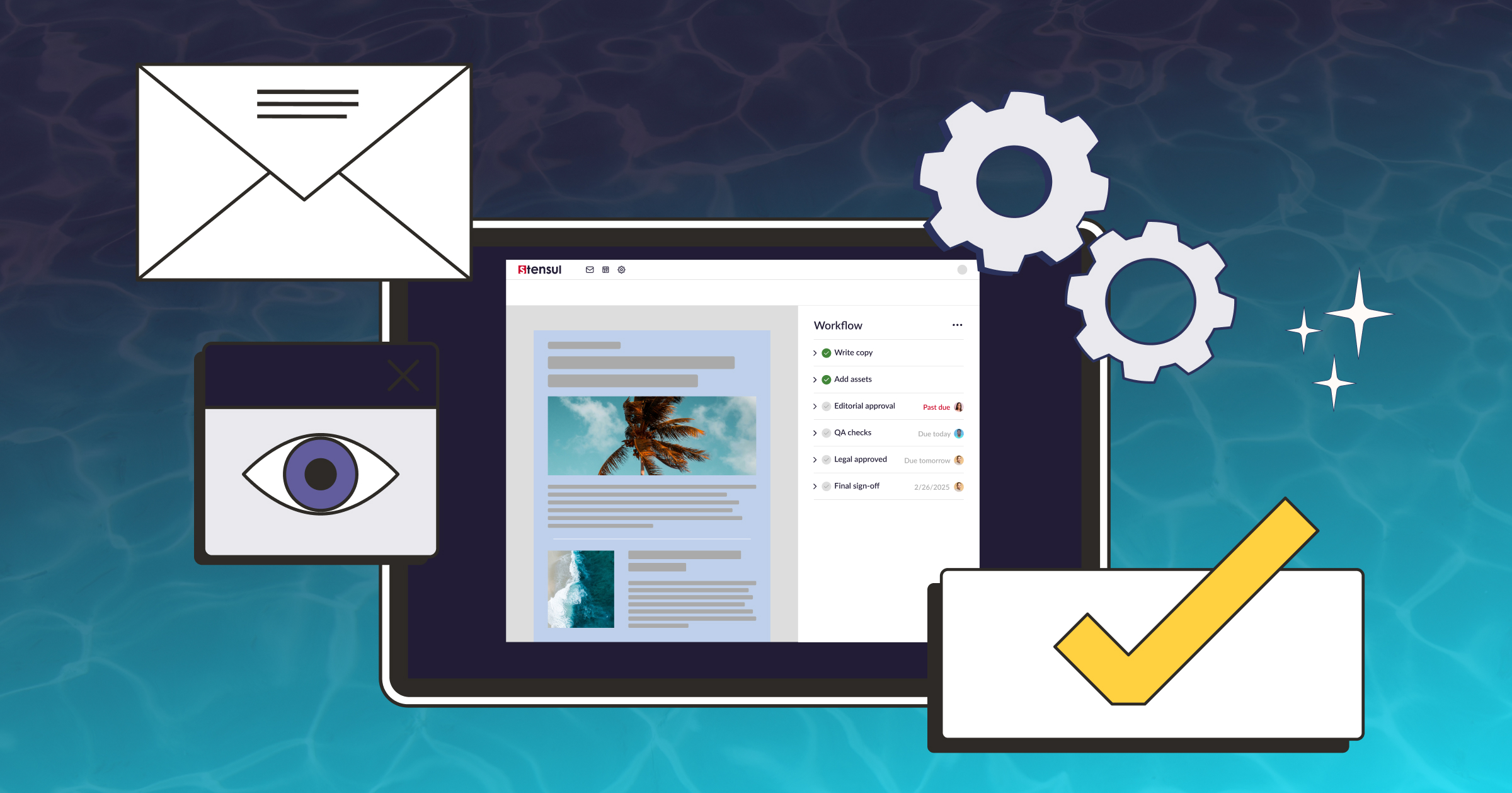So, your digital marketing team is stuck in a rut. Chances are, they’re stuck repeating the same old bad email creation habits.
There are a number of habits that signal your team needs email creation help, and they’re often hard to catch until your team is in dire need of assistance. But no need to panic — we’ve taken a look at the most common sources of email creation trouble, and are here to point you in the right direction if any of these apply to you.
1. Content Bottleneck

Content bottleneck looks something like this: You can’t keep up with the demands of your business– like demand generation, sales enablement, customer marketing, and brand awareness– because you can’t produce content fast enough. When it comes to email, this might look like having multiple campaigns that need to go out faster than your internal process allows. Or maybe it is one big campaign but you need ten versions of it for different segments or languages. By the time your content team is able to craft the copy and your designers are able to create the layout, weeks have passed. Or in order to distribute your emails in time, you find yourself rushing the job and settling for something half-baked featuring subpar copy or an outdated/untested template.
When you don’t produce the content your organization needs, you lose out on sales, alienate existing customers, frustrate colleagues and executives, and risk falling significantly behind your competitors. Your content won’t just look subpar; late, sloppy, or half-baked content will lose you a significant amount of business or engagement, hurting the overall goals of your email program.
You need a solution that streamlines your content creation process from weeks to minutes. Sound too good to be true? It’s not.
2. Waterfall Content Creation

Content production relies on a small number of specialists (designers, developers, QA, marketing ops) to perform specific manual tasks. This is called waterfall content creation; your idea is being tossed over the edge as a long chain of developers, designers, and marketers wait their turn to get their hands on it.
That process results in an increasingly large distance between the person with the idea and the specialists required to bring it to life. Marketers submit briefs to convey information to designers, developers, and/or project managers, and then they wait to finally get back a first proof to review. The asset itself naturally suffers from each round of revisions; there are a lot of long turnaround times, miscommunications, and “hurry up and wait” attitudes on all sides.
To combat waterfall creation, one path is to implement an agile creation method built to reduce the distance between ideation and production. Agile creation happens when teams identify high-value projects and use short work “sprints” to finish the project together in a timely manner. It relies on creating within a set of productive boundaries so folks know exactly what needs to be done when, and doesn’t allow for important steps to fall through the cracks.
3. Lack of Brand Guidelines

It’s a terrible look when your audience receives an email from your brand one week, only to open a second email from you the following week that looks confusingly dissimilar to the first. Even worse is when different teams email the same person with varying brand elements (colors, logos, fonts, etc). Perhaps your designers decided to experiment with different fonts, or the blue used in your headings is a slightly lighter shade, or your second email is full of photo imagery when your first contained mostly text. The point is, without a strict brand style guide or design system, you risk inconsistent messaging, unclear brand value representation, and confused target customers. And while creating a style guide is essential, it can also be quite time-consuming and lead to disputes that make your email creation process even longer.
You need a CMS-like platform where all of your specific brand style choices are set upfront, and easily applied to different sections of an email. When creating your emails, style should be the last thing on your mind (or not on your mind at all if your email creation platform takes care of it automatically) — it should be a given that your emails will immediately comply with your style guide without so much as a thought about color palette on your part.
4. Poor Interdepartmental Communication

Your Sales and Design teams need to be on the same page when it comes to email creation, but this is often a lot easier said than done. Emails and slack messages get lost amidst other workloads, replies take too long and compromises on language or tone might not ever fully be reached. If, for example, Design misunderstands a request from Sales, the team might spend hours creating the wrong graphic, only to spend another few hours re-doing the process. Instead of trudging through too many technologies to hopefully come to a creation consensus, you need a platform where content production, workflow (review and approvals), and tracking live in one place.
When all teams are briefed on using a common creation platform, communication becomes a lot simpler. All tasks can be executed and communicated about in one common place, saving everyone time and the copious back-and-forth email negotiations that can result when otherwise trying to get everyone on the same page.
5. Slews of Stakeholders

Copywriters, Directors, VPs and owners, oh my!
Sometimes the biggest obstacle in getting your emails out the door is the onslaught of conflicting opinions from stakeholders that you must field, manage, and translate into one cohesive product that meets everyone’s needs and wants without being too dense or confusing. You can’t afford to ignore any of these demands, but taking the time to address them all adds too much time onto your already lengthy creation process. You’re stuck at a crossroads: forgo an important piece of instruction, or cram multiple ideas into a patchwork mess of an email campaign.
What makes this even worse is most teams have many emails in progress at any one time. The amount of versions and comments flying back and forth in people’s inboxes is crazy. People reply asynchronously, so you don’t easily know which version they are commenting on, or whose email they are replying to.
When your company as a whole invests in a single solution, you can make sure all of your stakeholders are on board with the platform you choose. It’s a lot easier to get sign-off when the layout and content of your emails is built in a place stakeholders can easily access, review, and collaborate with others. Nobody wants an inbox full of out-of-order comments.
If any of these initial issues ring a bell, it’s time to call in the email creation experts here at stensul. Our solution will ensure that you’re consistently producing error-free, style-compliant emails that can be deployed through your existing ESP. Your team members will find themselves headache-free as emails continuously go out on time, full of typo-free copy, engaging headlines, and integrated, consistent styling.




